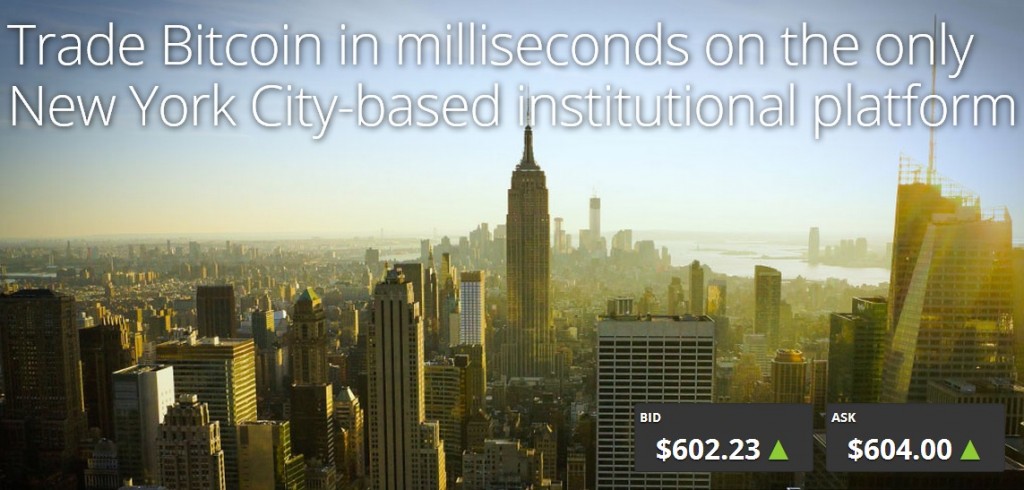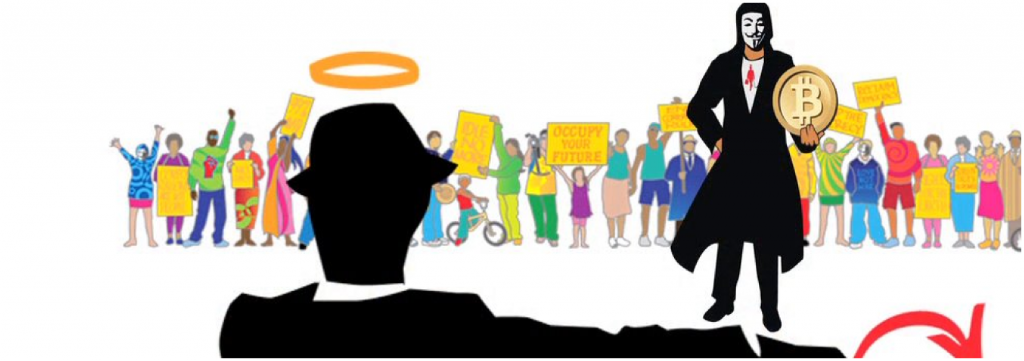A new Finnish project is about to accomplish its ambitious mission within the Bitcoin ecosystem: the Koodilehto KryptoRadio project wants to broadcast Bitcoin-related transactional data around the world using digital television transmissions or, in other words, Digital Video Broadcasting – Terrestrial (DVB-T) networks.
According to the project’s website, the signal will transmit Bitcoin transaction data in real time, creating opportunities for innovation and also making the cryptocurrency safer. Besides, as the page itnews.com reports, the special transmission would ensure any transactions could be traced thanks to the unilateral signal.
Any unidirectional digital transmission path with a sufficient error correction is suitable for this project. In addition to DVB-T there are many other possible ways to transmit Bitcoin stream like subcarriers of FM radio transmission, amateur radio, and DAB. We chose DVB-T for our pilot project because of its flexibility and wide support in most parts of the world.
Ultimately, KryptoRadio’s idea could even improve the Bitcoin network. This means the cryptocurrency’s blockchain would not be dependent on the Internet to transmit block data.
There has been many attempts to make Bitcoin less dependent of the public Internet. (…) One approach is to use Tor network to hide Bitcoin traffic from the public Internet. Unfortunately this does not make Bitcoin more accessible to new users. The better approach is to go beyond Internet and use public infrastructure for broadcasting transactions of the Bitcoin network.
The project’s kick-off is already scheduled and will happen on September 1st. The initial broadcast will cover 95 percent of Finland’s population (around five million people), thanks to an agreement with the national provider Digita’s nationwide network that includes 24-hour broadcasts of Bitcoin data.
Since DVB-T is a worldwide digital television signal broadcasting standard, the service will be available in almost the entire world. Europe, much of Africa, Australia, New Zealand, India and South East Asia are just some examples.
Image from Kryptoradio.koodilehto.fi














